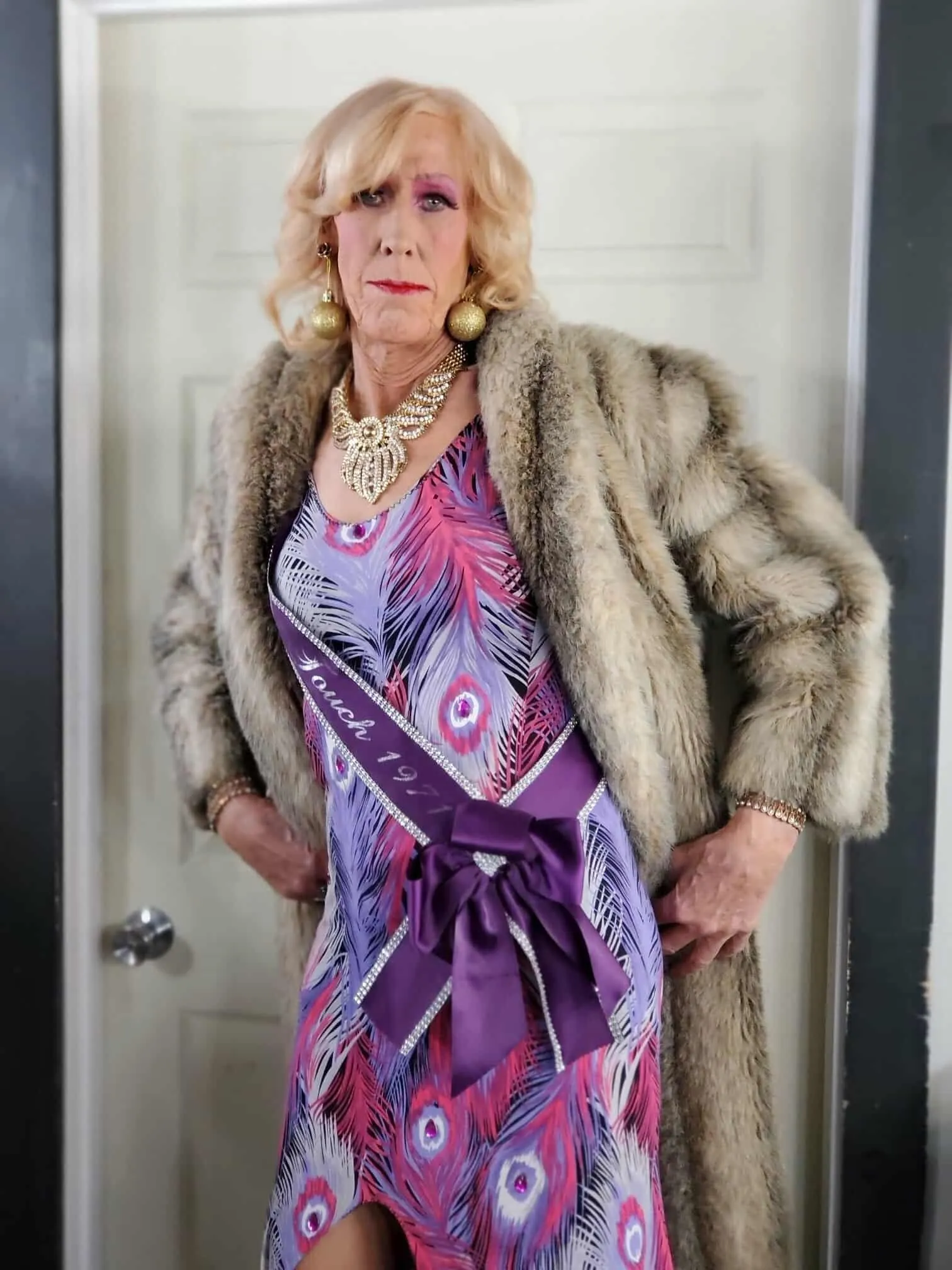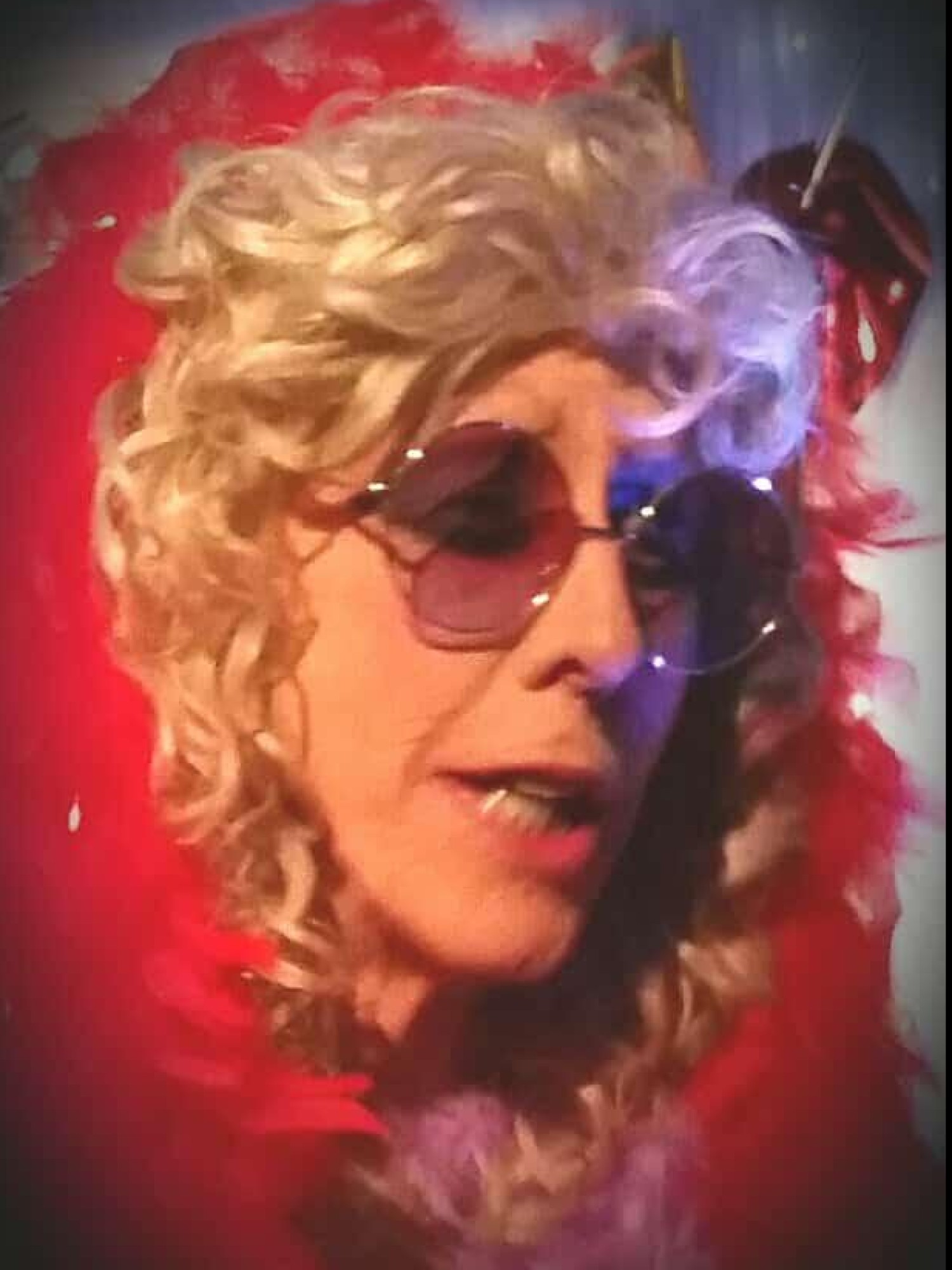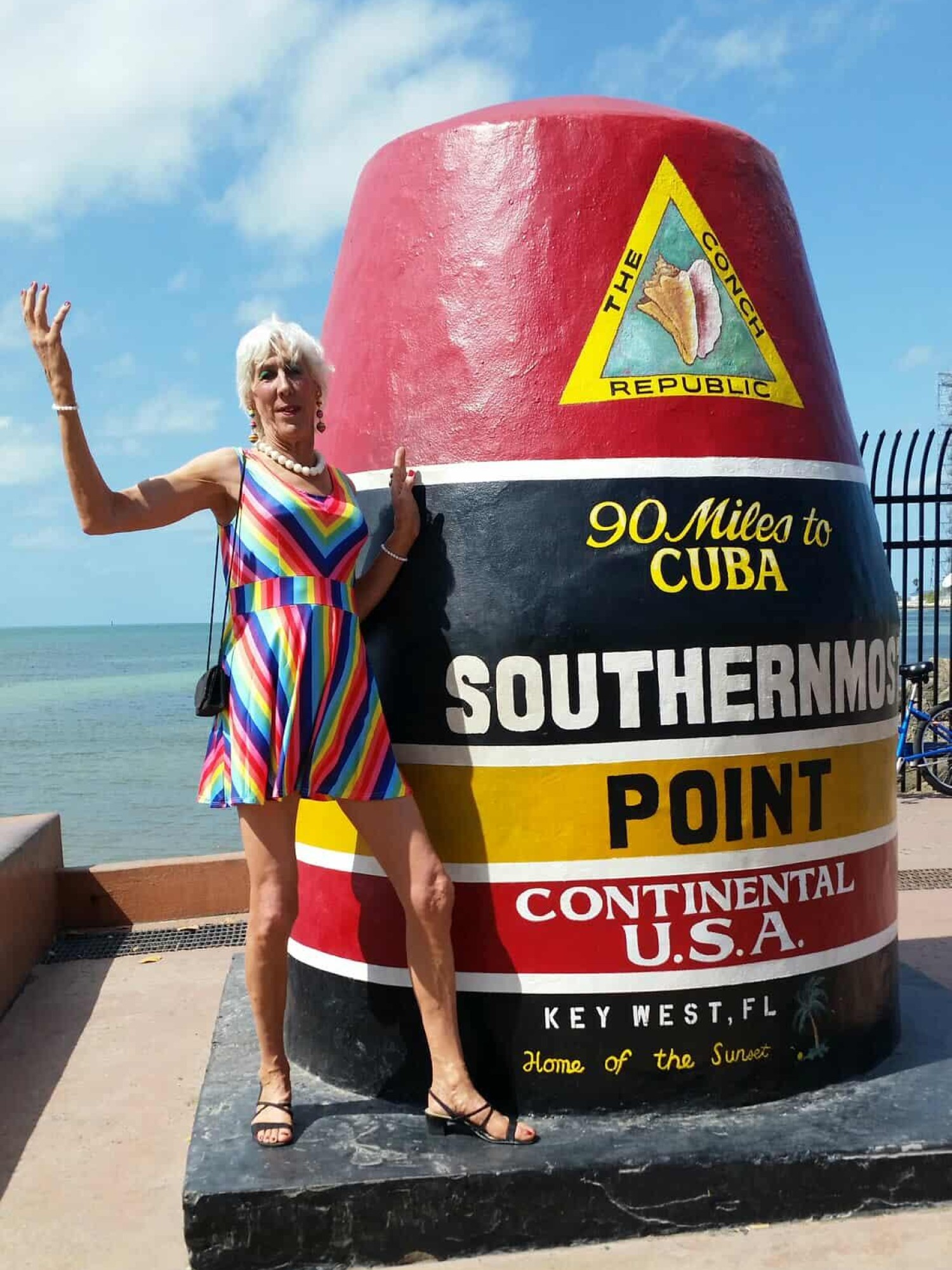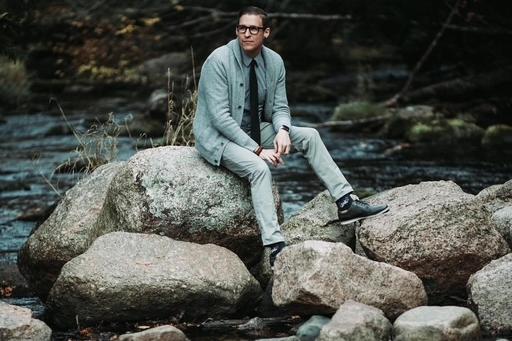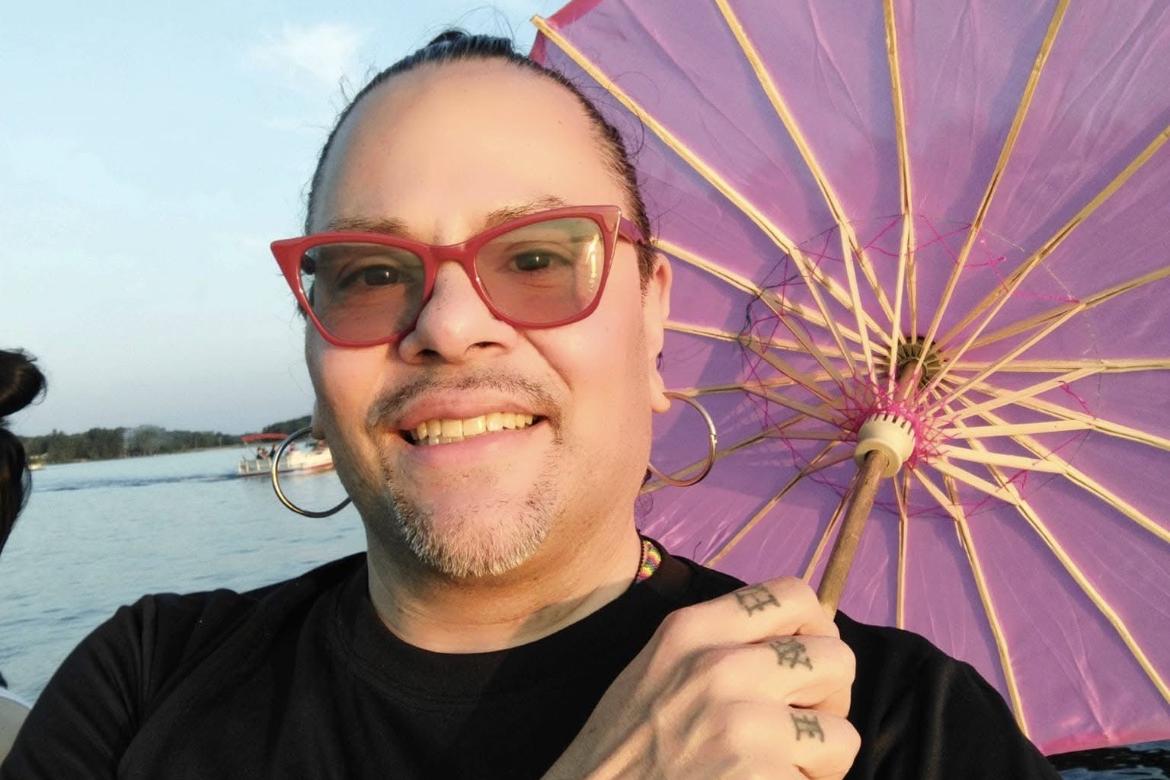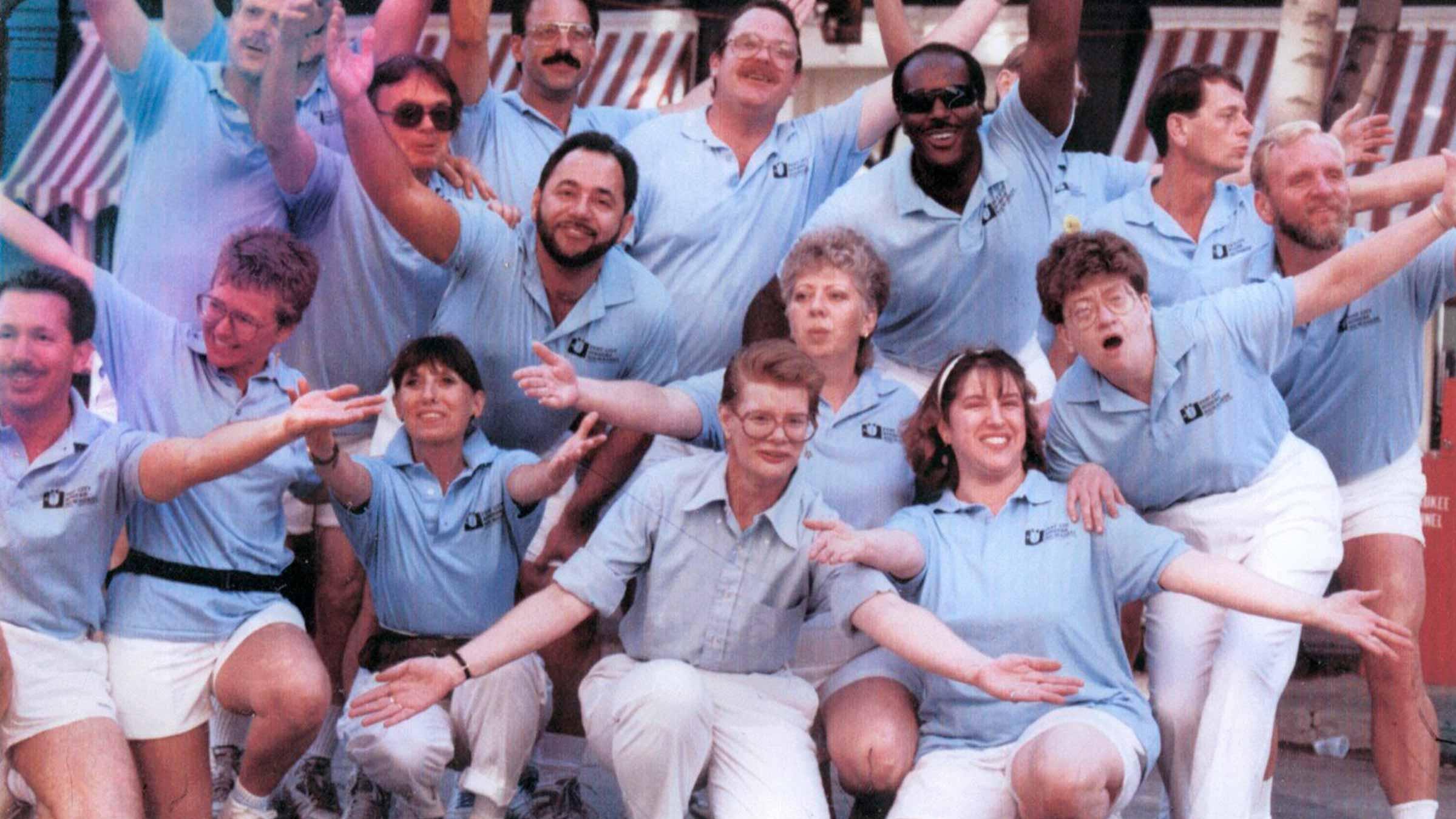
Mistruss Lola: celebrating 55 years of drag and defiance

“In the world of drag, most people are done by the time they’re 40. But not this girl."
Mistruss Lola was born Tom Zatloukal in Chicago, Illinois, in 1954, at McNeil Hospital. She spent her youth on the West Side of Chicago in Lyons and Clarendon Hills.
Lola's journey of self-discovery began at 16 when she met two “transvestites” who worked two blocks away from her grandmother's tavern. She cherishes that day as one of her favorite slices of life.
“I was just this dumb kid helping out in the afternoon,” she said. “They were all tarted up, but I thought they were gorgeous. My grandma kept making this snarly-looking face at them, and I just couldn’t imagine what that was all about.”
“I didn’t have a clue about who I was – or what – but I knew I was different,” said Lola. “I didn’t know a single gay person, because gay people didn’t exist! They weren’t spoken about. I’d wear paisley shirts with orange-crossed bell bottoms. I had long hair. And when I saw these two girls, I was immediately smitten. Next thing I know, I’m dating one of them, I’m dressing up, and I’m performing at a club.”
“Well, my grandmother told my father about the girls, and all he said to me, ‘I don’t care if you’re black, green, or gay as long as you’re a good person. And that was wonderful.”
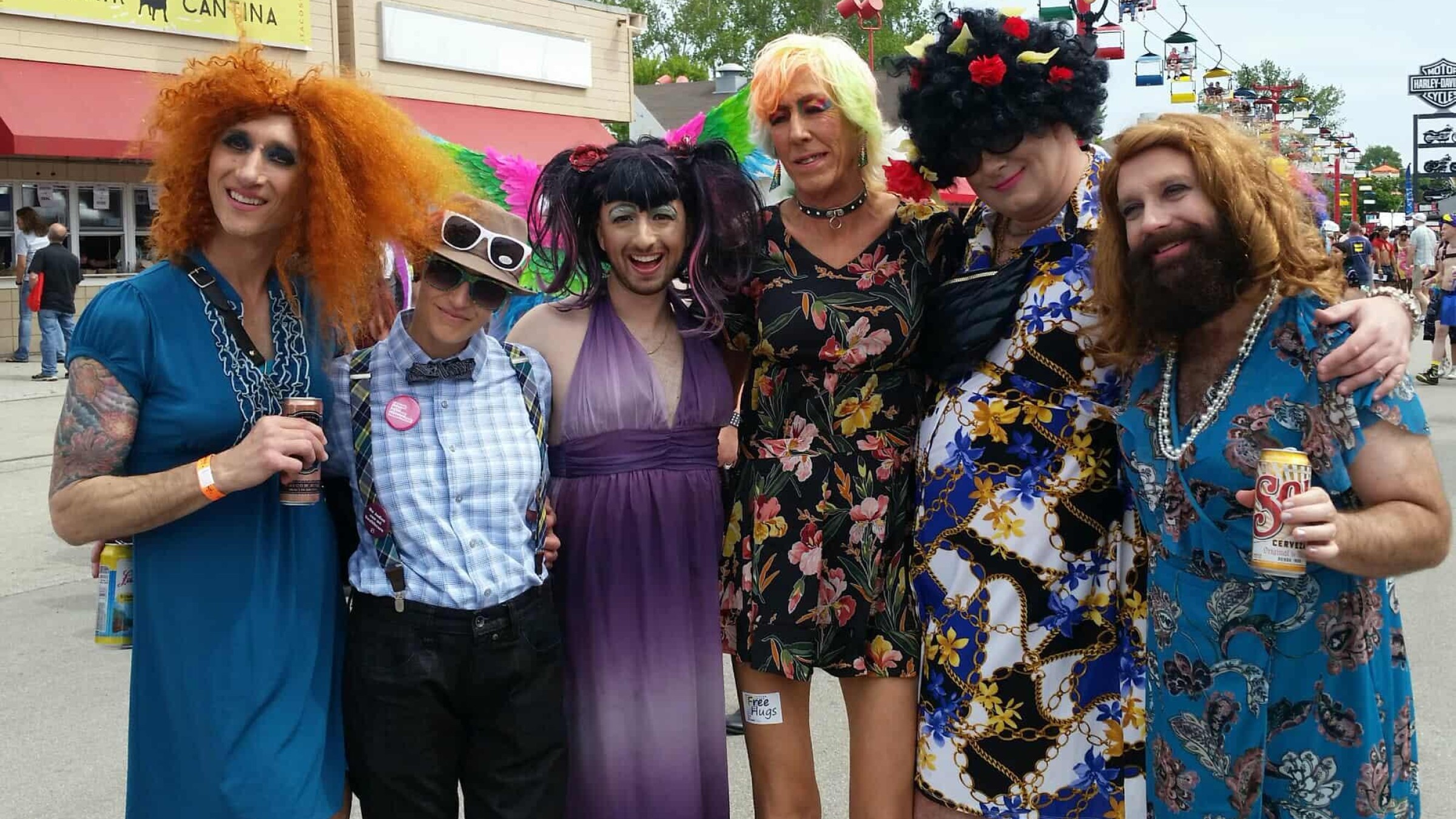 Mistruss Lola and friends at PrideFest Milwaukee
Mistruss Lola and friends at PrideFest Milwaukee
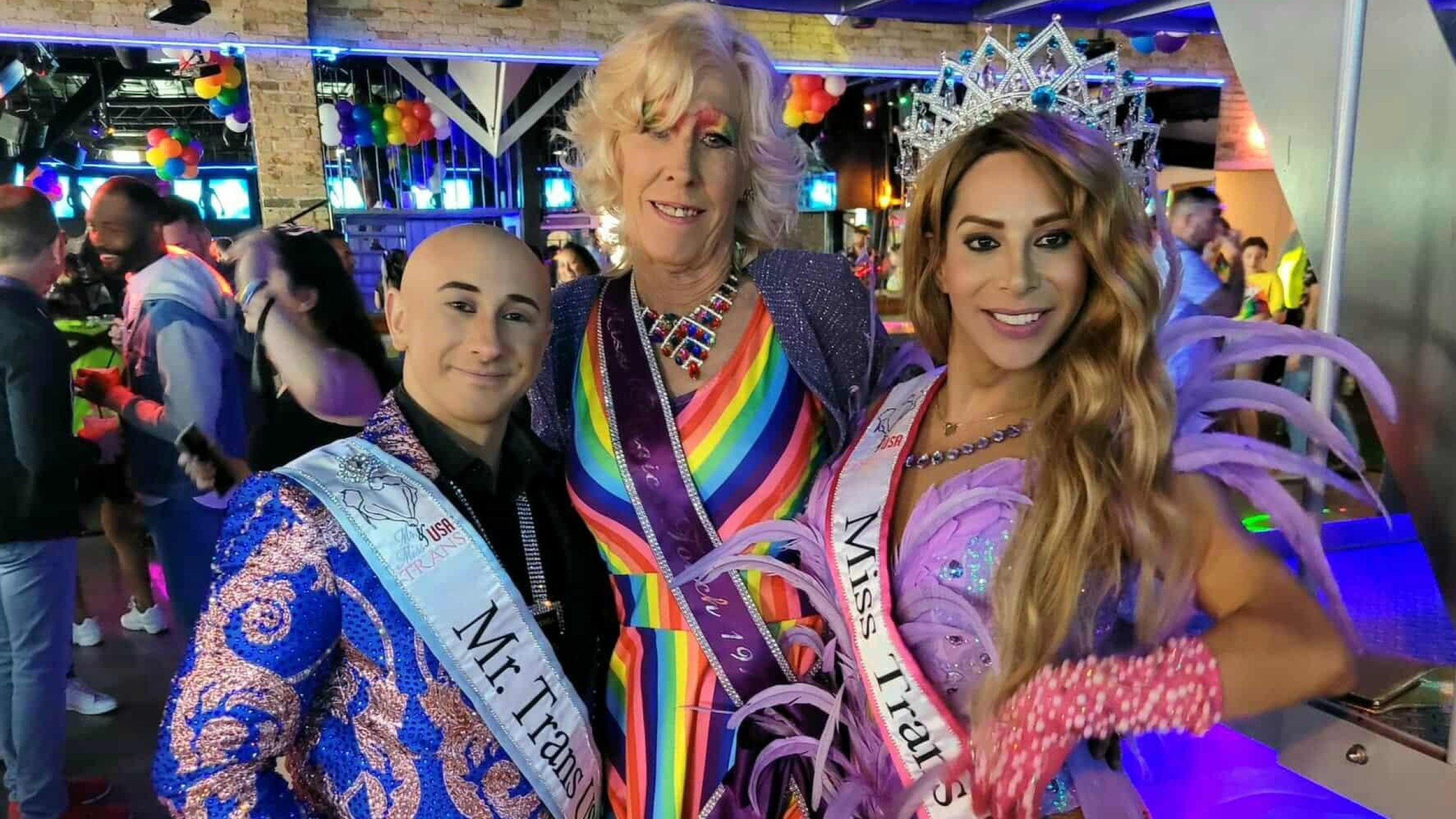 Mistruss Lola with Mr. Trans USA 2022 and Miss Trans USA 2022
Mistruss Lola with Mr. Trans USA 2022 and Miss Trans USA 2022
“The first time I went down there, it was still a little rough,” said Lola. "It was old-school island living."
“And now, it’s all cruise ships and condominiums. There are still some beautiful old houses, but they’re priced out the people who used to live in them.”
She operates the Motorama Auto Museum and events grounds with her wife, Gail. This 501(c)(3) non-profit museum houses approximately 550 vehicles, about half of which belong to Lola, including vintage Ferraris and Maseratis.
The museum grounds also host Central Wisconsin Pride, which she describes as a "gay Woodstock"—a four-day camping event attracting 400-500 people, featuring drag shows, dance parties, and various activities.
“Back in the day, events weren’t very organized,” said Lola. “Things just sort of appeared. Someone would say, let’s have a party, and we’d have a party. Seeing these events exploding all over the state every year – it’s remarkable, it really is. I feel like I live in Upper Redneck, and yet pride is happening in places much further out there, where the visibility is even more important.”
When Lola first came out, she was proclaimed a transvestite, because she was a man wearing women’s clothing.
“That’s what we were called, and that’s what I was known as for a long time,” said Lola.
“I didn’t ask for this name, it was given to me. And then, we started calling ourselves ‘trannies,’ and I actually liked that word for myself and my people. I still say it all the time, because it felt friendly to me, because that’s who and what I was."
"I still call myself an old tranny. That might get me in trouble nowadays.”
Today, Lola is legally female, having changed her name, birth certificate, passport, and credit cards.
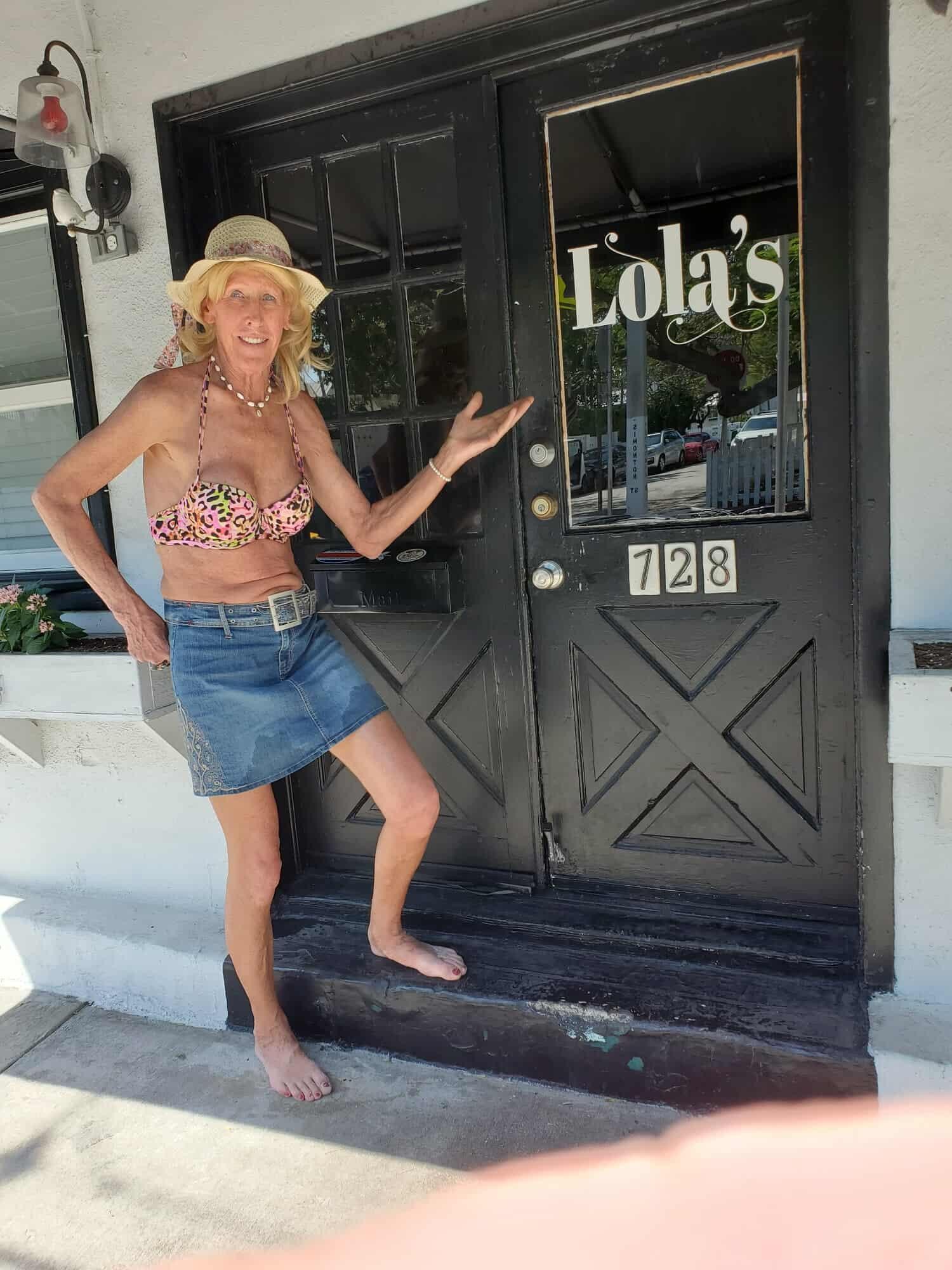 Mistruss Lola
Mistruss Lola
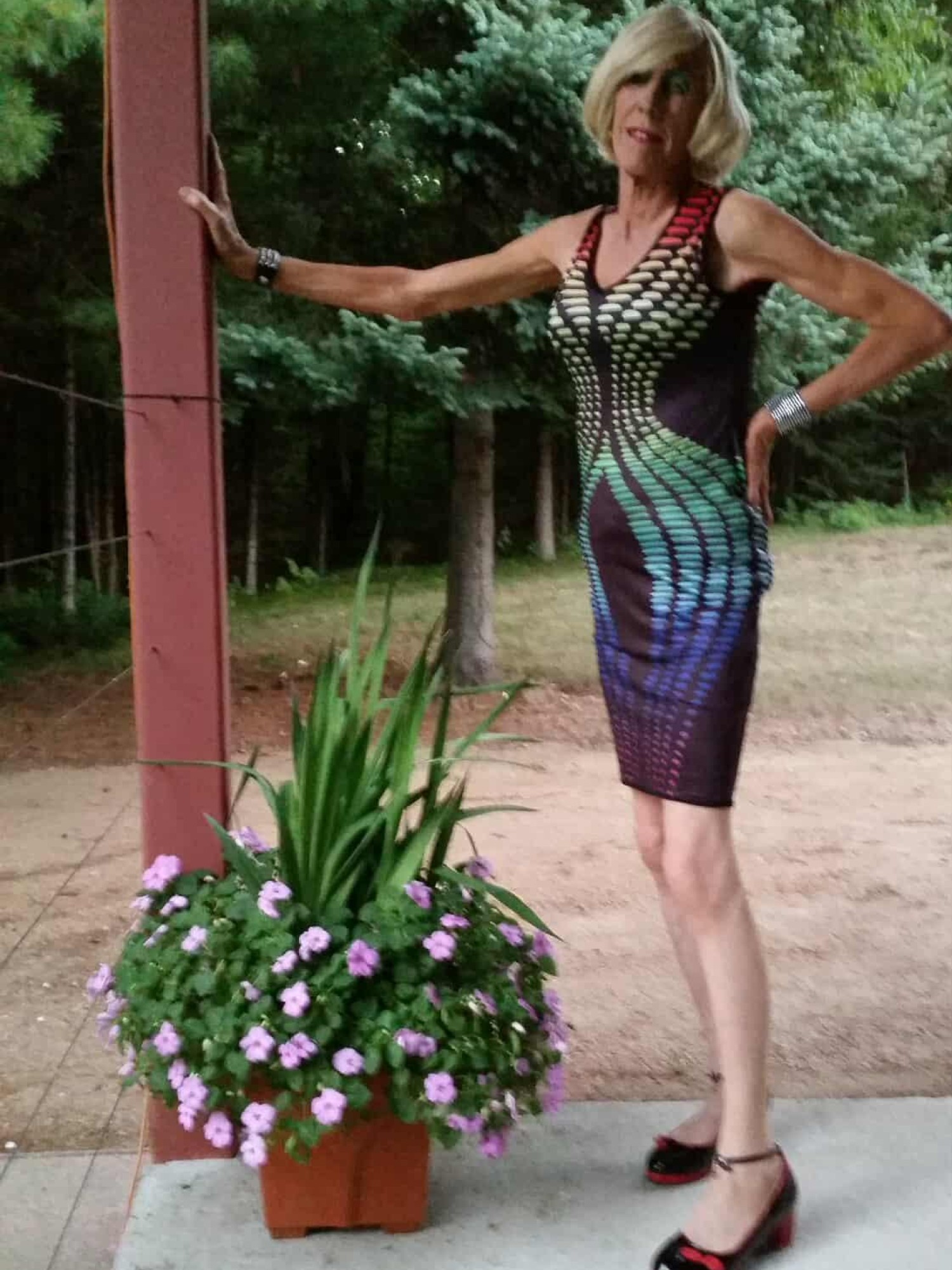 Mistruss Lola
Mistruss Lola
“I’ve got real boobs!” she laughed. “But what’s under my skirt is nobody else’s damn business.”
Her decision was influenced by current political events, stating "I never cared about legally changing my name before. I was happy just being me, but I went through everything just to say fuck those guys!”
Throughout her life, she’s worked in a wide range of jobs, including owning car dealerships, a body shop, a gas station, a used car lot, and professionally racing in endurance races from 1969 to 1999. She even designed a built a sports car, the SSZ Stradale, in the early 1990s.
USA TODAY featured Lola in a nationally syndicated 2021 article, “Meet Mistruss Lola.”
With over 2,500 drag shows performed in her 55-year career, she holds an unofficial Wisconsin record for the oldest and longest-performing queen. At press time, the oldest drag queen in the world is Rose Levine, age 92, who has been performing on Fire Island since 1955. The record was previously held by Walter W. Cole (1930-2023,) aka Darcelle XV, who died at age 92 while still actively performing and operating Portland, Oregon's longest-running drag cabaret.
“In the world of drag, most people are done by the time they’re 40,” said Lola. “But not this girl. When people introduce me, they say, this old girl’s been around so long, she’s rumored to have been there when the pyramids were built.”
She has been introduced as "the last of the showgirls" and jokingly as "the last known survivor of the Titanic.”
Although semi-retired after a hip injury, she misses the thrill of flirting with everyone in the audience. She continues to perform occasionally, specializing in tributes to rock goddesses, World War II USO shows, and Patsy Cline. She also prides herself for doing an “amazing David Bowie.”
On August 30, she’ll be hosting “Lola’s Last Dance” at The ReMixx in Neenah.
“I’m bringing in a huge food spread, anyone who wants to do a pop-up number is invited to perform, we’re going to dance all night, and we’re all going to get drunk!”
Her performances might be coming to an end, but she’s still going to have lots of fun.
And here’s just one of the stories she shared:
“We were out in Green Bay, and I met this girl I knew, who said, ‘hey, you want to do something really stupid?’ said Lola. “Well, of course I would!"
"So we went to the Oval Office, a strip club next door, and the bouncer sees us coming, shakes his head, and takes our money. All the straight guys were freaking out, but we went over and sat with the strippers and had a good time. They’re buying us drinks, we’re buying them drinks, and we’re talking about our performances. One of the girls said, ‘well, let’s see what you can do,’ and I jumped on stage! The manager threw us right out!”
Lola confronts the intolerance of the world through her community work. She’s proud to be part of the Bay Area Council on Gender Identity, where she helps run local support groups. She has served as the chairman of her rural Wisconsin township's planning committee for 20 years, where she leads town meetings as a proud, outspoken transgender woman.
Lola lives with her wife, Dale, and girlfriend, Randi. Her mother, age 99, still lives at home on her own in Cape Coral, Florida.
“I get such a kick out of her,” she said. “We were having coffee at the breakfast table, and out of nowhere she looks at me says, I never thought I would have a daughter. What can I say? She’s great.”
Lola also has a 35-year-old son.
“And he’s getting married to a woman. Can you even believe it?”
Reflecting back on her adventurous life, Lola is thankful for the resources trans and queer youth now have to navigate their identities.
“It’s everything. I never knew what a shrink was. I didn’t have access to a support group. I had nobody to talk to but the other girls. There’s so much support now, so many different options. We can’t let those resources go."
"I try to be a mentor where I can, while I enjoy whatever time I have left. I like being a role model, but I don’t want to be on a pedestal. Every now and then, I’ll meet a parent of a teenager going through a gender crisis, and the kid is just in disbelief that someone like them exists. That someone like ME exists.”
“Here’s someone who’s survived this, and lived their whole life, and been a successful party of society,” said Lola. “If they could survive this, I can survive this. And the parents struggling with their child’s identity see me, and they say, hey, I know this person. She’s one of them. This life can’t be all bad if she’s lived it.”
Lola is concerned that America is on a path back to 1970, when she first came to understand who she was. She hopes to live to see everyone accept themselves and be accepted for who they are.
And she means everybody.
“Because you know what normal is? It’s a setting on the washing machine. That’s all it is.”
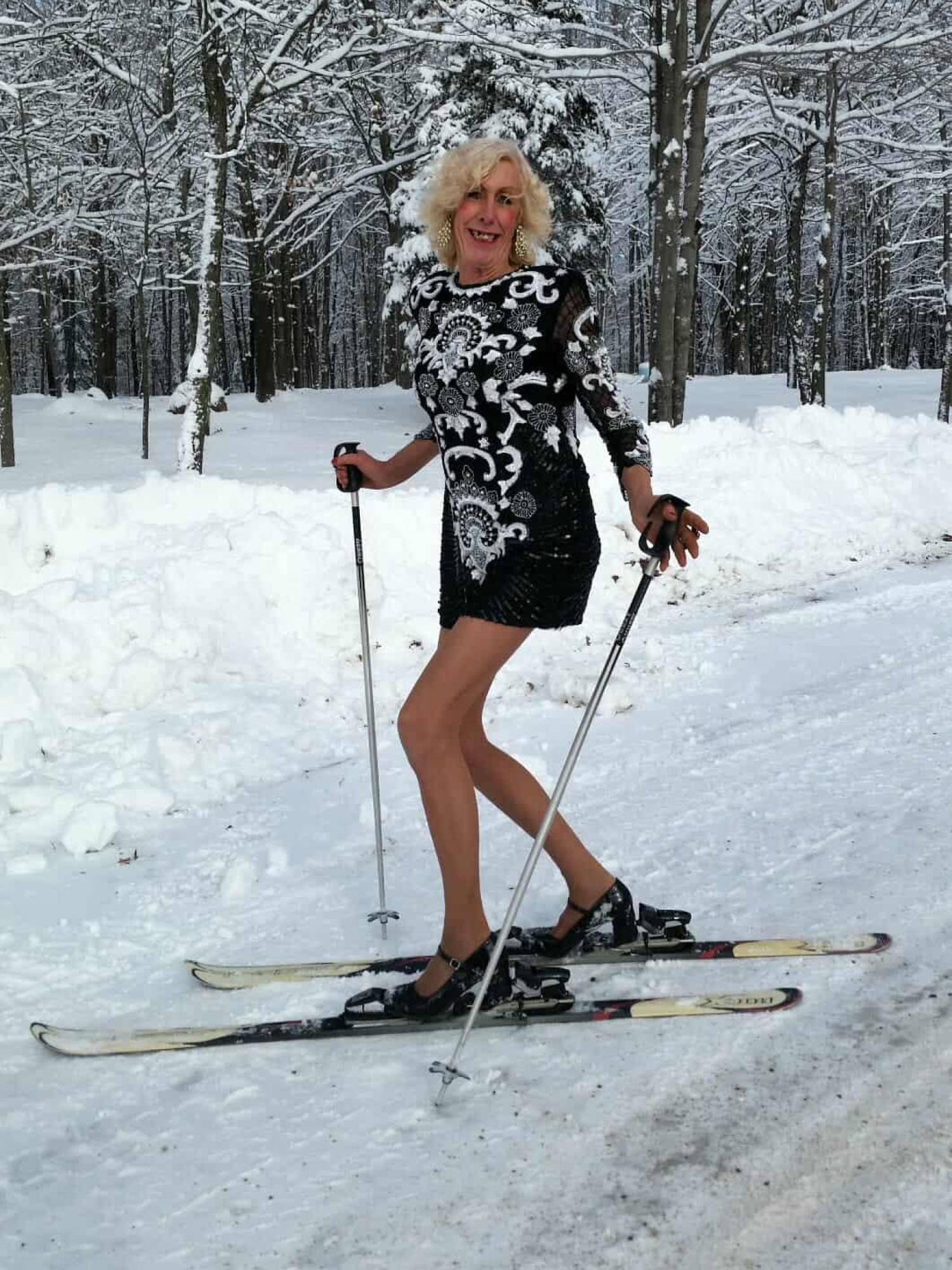 Mistruss Lola
Mistruss Lola
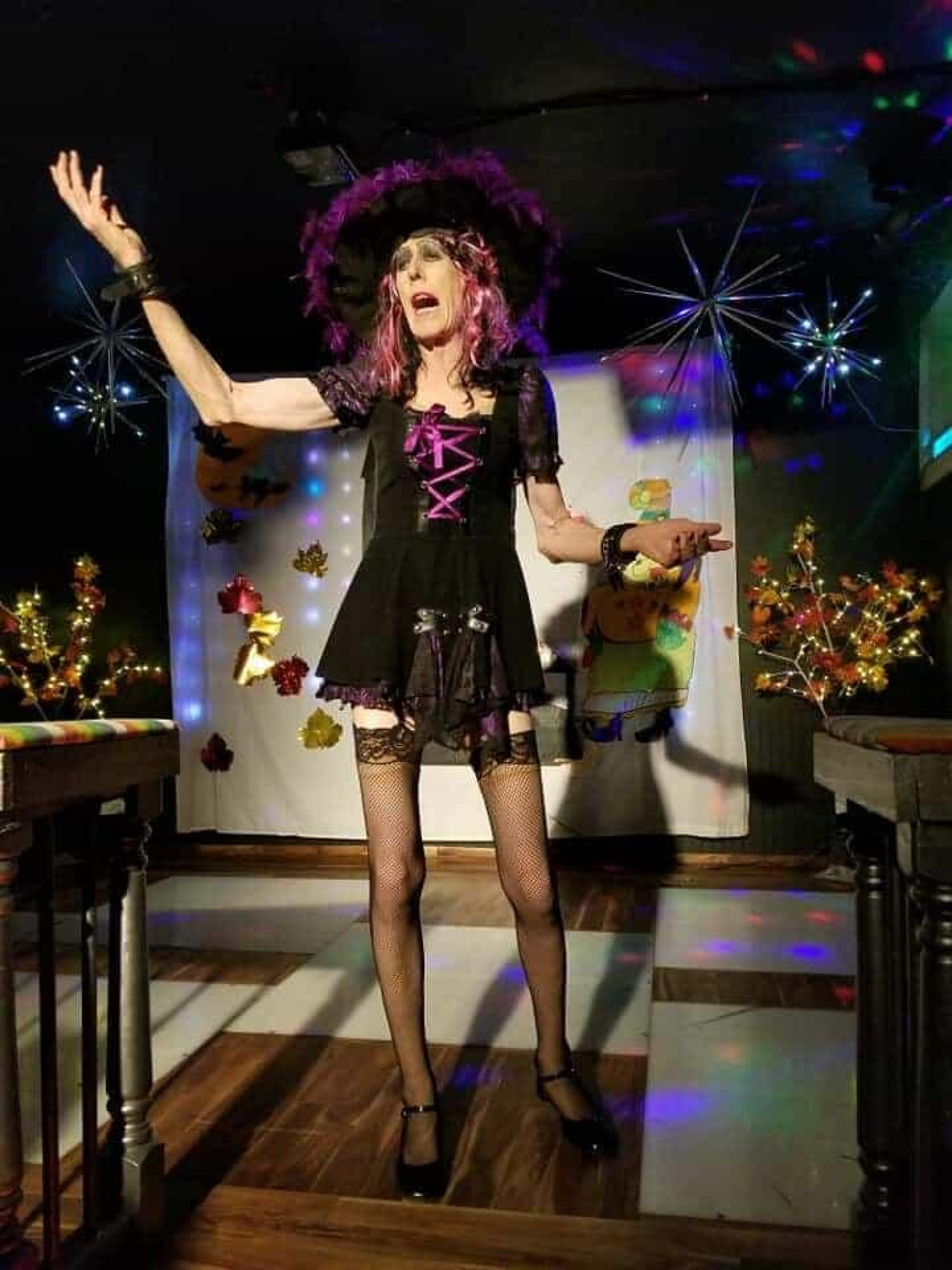 Mistruss Lola
Mistruss Lola
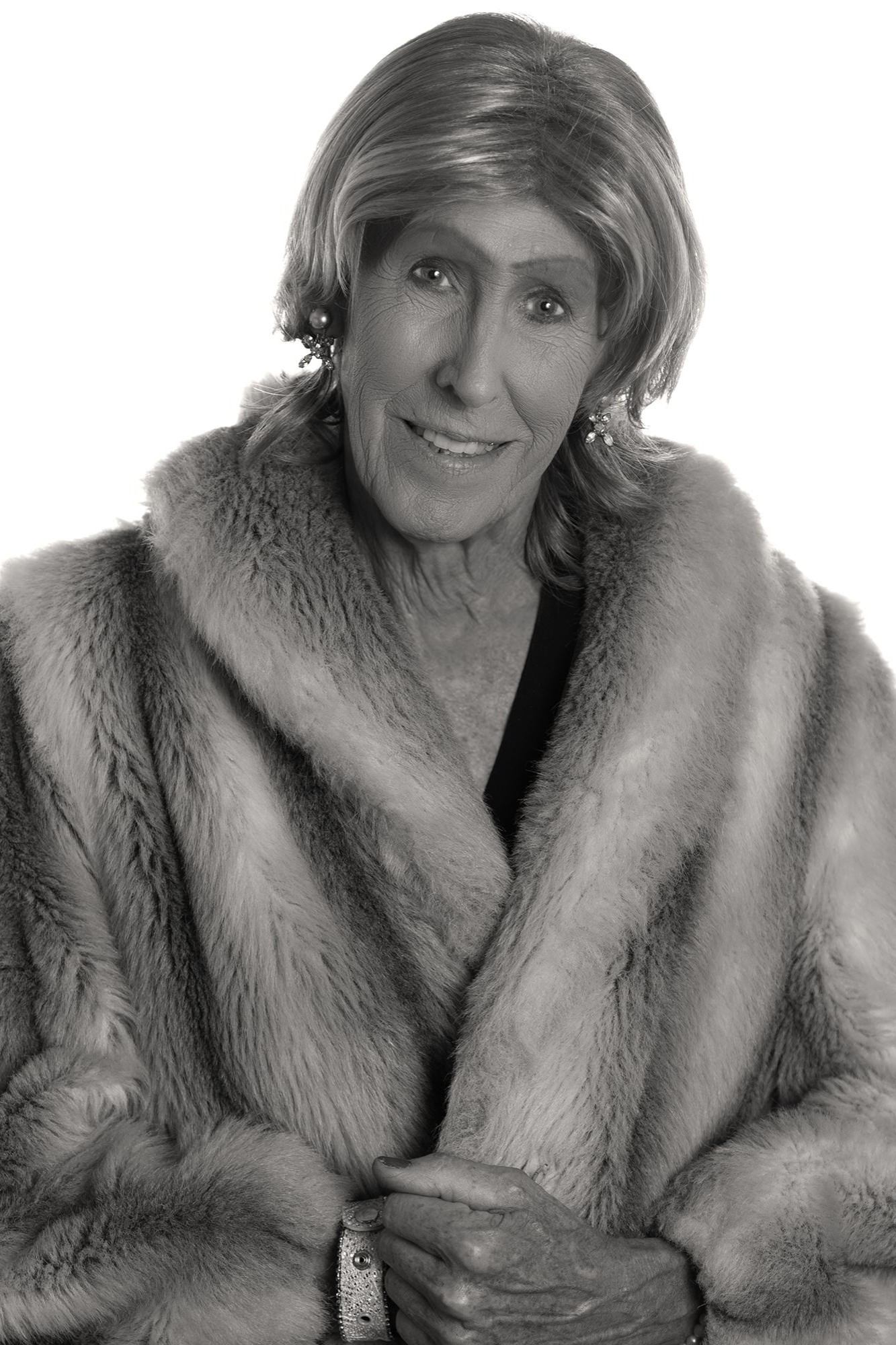
recent blog posts
November 28, 2025 | Michail Takach
November 28, 2025 | Michail Takach
Shawn Wandahsega: causing a commotion with confrontational drag
November 26, 2025 | Michail Takach
The concept for this web site was envisioned by Don Schwamb in 2003, and over the next 15 years, he was the sole researcher, programmer and primary contributor, bearing all costs for hosting the web site personally.
